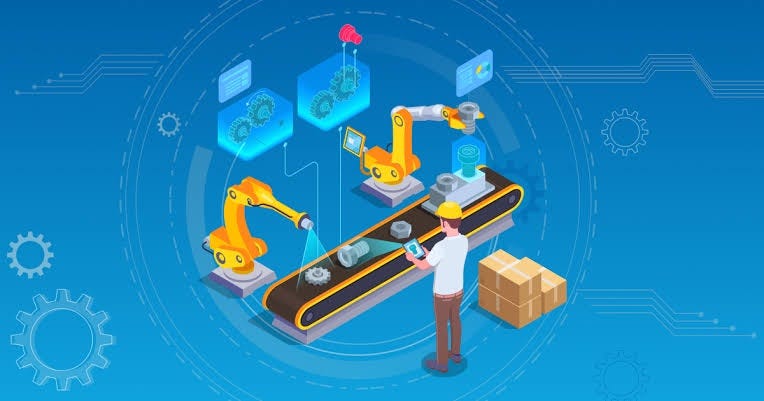The manufacturing sector is undergoing a dramatic transformation, driven by the power of Artificial Intelligence (AI). From streamlining production lines to minimizing downtime and improving product quality, AI is not just a futuristic concept—it’s a present-day necessity for manufacturers striving to remain competitive.
In this blog, we’ll explore how AI is revolutionizing manufacturing, particularly in the areas of production optimization, predictive maintenance, and quality control—and how partnering with the right AI development company can fast-track your journey into smart manufacturing.
1. Optimizing Production with AI
AI brings real-time data analysis and decision-making to production floors, enabling manufacturers to boost efficiency and reduce waste. Machine learning models can forecast demand, manage inventory, and even autonomously adjust production schedules based on market conditions or material availability.
By leveraging AI development services in India, manufacturers can implement smart systems that detect inefficiencies and bottlenecks, allowing for faster response and streamlined operations. Whether it’s automotive, textiles, or electronics, AI-driven production optimization is delivering measurable gains across industries.
2. Predictive Maintenance: Minimize Downtime, Maximize Output
Unexpected equipment failure can lead to costly downtime. AI-powered predictive maintenance tools use historical data, sensor inputs, and machine learning algorithms to detect anomalies and forecast potential equipment failures before they occur.
With support from an experienced artificial intelligence development company in India, businesses can deploy tailored predictive maintenance solutions that reduce operational disruptions and extend the life of critical machinery. This not only saves money but also boosts productivity.
3. AI-Enhanced Quality Control
AI-powered vision systems and defect detection tools are now integral to quality assurance in manufacturing. These systems can analyze images, detect inconsistencies, and flag defects far more accurately and faster than human inspectors.
Hiring a skilled AI developer in India can help manufacturers create custom quality control systems that integrate seamlessly into existing workflows. Such systems ensure that only products meeting strict quality standards make it to market, thereby reducing returns and boosting customer satisfaction.
Why Choose AI Development Companies in India?
India has emerged as a global hub for advanced technology solutions. From cost-effective development to world-class talent, there are many reasons why businesses across the globe partner with AI development companies in India. These companies bring domain expertise, scalable AI models, and a deep understanding of both traditional manufacturing and cutting-edge innovation.
Whether you’re starting your digital transformation journey or looking to optimize existing systems, working with a reputed AI development company in India offers access to:
- Custom AI model development
- Integration with IoT and legacy systems
- Scalable infrastructure and cloud support
- Ongoing maintenance and optimization
Final Thoughts
AI is reshaping the future of manufacturing. By investing in AI for production optimization, predictive maintenance, and quality control, businesses can unlock new levels of operational excellence. Collaborating with the right AI development services in India ensures you not only keep up with innovation but lead it.
If you’re ready to elevate your manufacturing operations, connect with a leading AI development company in India and discover the difference smart technology can make.




